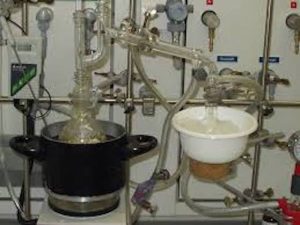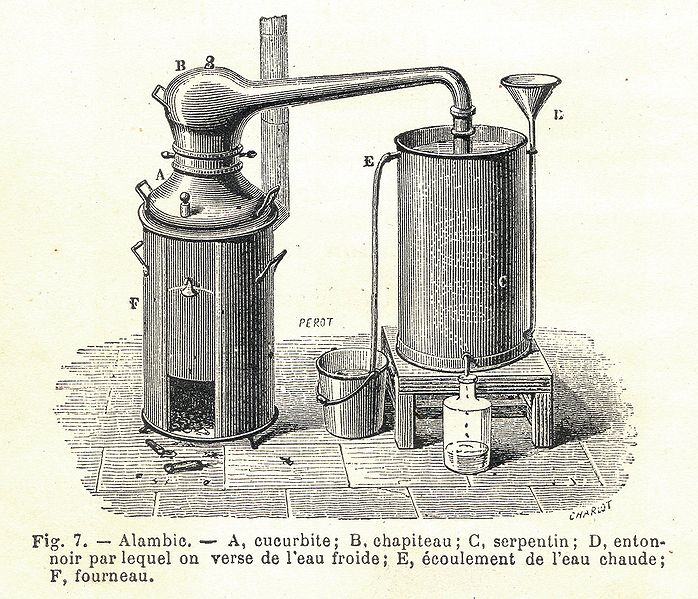Aromatherapy, Glossary
What is a hydrolat?

Jan
Hydrolates are obtained by the steam or hydro-distillation of plant material for aromatherapeutic purposes, and are therefore a co-product of the oil that is also produced by this process. Steam distillation can be described as follows: Water vapour moves through the plant material to be distilled, cools and returns to a liquid state.
What remains at the end of the distillation process is an aqueous solution with essential oil. The essential oil floats to the surface and can be skimmed off - leaving behind the hydrolat. Hydrolat is therefore water that has travelled through a layer of flowers in the form of vapour, then cooled down again and finally remains in liquid form. The end product contains a small proportion of the essential oil and other plant components.
The Egyptians, Greeks and Romans already used hydrolates thanks to their healing and aesthetic properties, as hydrolates act like essential oils, only in a less concentrated form. The distilled plant material gives the hydrolat an intense fragrance and contains active elements from the plant material and small amounts of the essential oil.
Hydrolates can have as intensive an effect on the skin as oils and creams. Some plants are distilled solely to obtain the hydrolate, because unlike essential oils that are simply diluted in water, hydrolates contain all the nutrient components of the distilled plant material. Hydrolates can be used as a tonic, as a refreshing spray, for aromatherapeutic use, as bath additives and even in cooking or as a Room freshener can be used.
